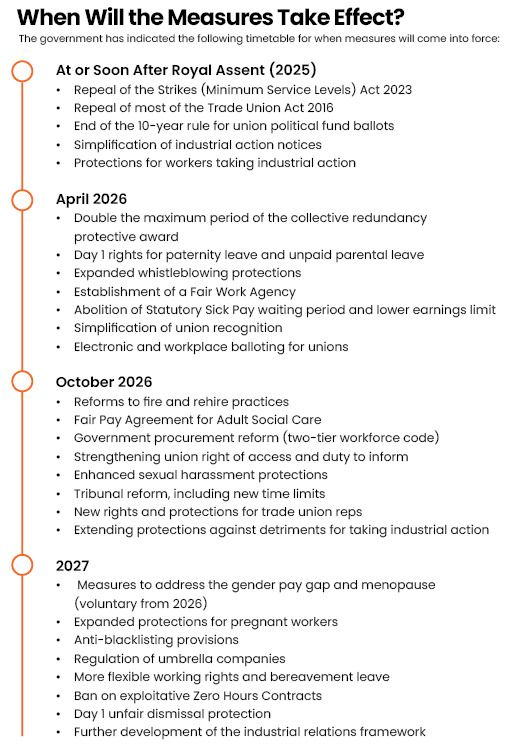Our Move
- msmithorganiser
- May 5, 2021
- 3 min read

A campaign is not an end in itself. Its about getting a specific Target to make a change they don’t want to make by mobilising people to get involved and take action.
All campaigns are opposed by someone and this reality has to be taken into account in our plans for the action we take
The range of possible campaign actions we can use to mobilise people and demonstrate our support is limited only by the imagination of each campaign. From petitions, badge days, through rallies, lobbies and demonstrations to union votes, strike action and boycotts, each tactic is as valid as the next and each has its time and place.
But if we are to build support and win, then the tactic our campaigns pick at any one time should observe the following Six Rules for Campaigning Action.
Frame the narrative – Pick your Target carefully, don’t change it and then polarise the campaign aims. Explain why we are angry, why others should be angry and why it is the fault of the Target. Confront the Target with campaigners’ stories. Demand the Target live up to their own polices and public statements.
Escalation – Build the campaign at the right pace by mobilising supporters to take actions within their experience at first and then escalate our actions as confidence develops and to test the campaigns capacity. Winning votes for union recognition or a strike rarely come out of a clear blue sky and mobilisation to this end often needs to be built through this series of escalating actions. But wherever possible we aim to keep the element of surprise – taking the Target outside their own comfort zone
Collective Action – Show the Target the strength of feeling and support for the campaign more than tell them. Each campaign tactic should not only set out to give everyone involved something to do, but set out to involve the largest possible group of people. They should aim to build relationships between those most impacted, identify and develop leaders and build our organisations
Agency – Our future is about Choice and not Chance. Our campaign actions should seek to make visible those not seen or heard by the Target. Our campaign actions should avoid doing something for a group of people that they can do themselves - but aim to build collective confidence among those most impacted by the issue
Democracy – Nothing About Us Without Us in choosing and undertaking our campaign actions. Seeking through our action to earn and re-earn the right to speak for each other rather than assuming or imposing it from the outside. Our actions should avoid quick fixes of the issues – people mobilise out of hope and anger more than gratitude.
Praxis and Pivot – Each campaign action should be able to have its impact measured and be discussed and reviewed by those involved. In this way the next steps can be planned around the reaction of the Target. And getting that reaction is a key purpose of our own campaign actions. A tactic used too often will quickly lose impact as the target accommodates it into their plans– we should be prepared to adopt many different campaign actions and pivot our campaigning from one to another
The best guide to campaigning theory is always practice – and sometimes its best to just start our campaigns with the basic framework of Aim, Target Lever and allow it to develop. But theory is in the end just the story of others practice and the Six Rules provide a useful road map and checklist based on what works.



Comments